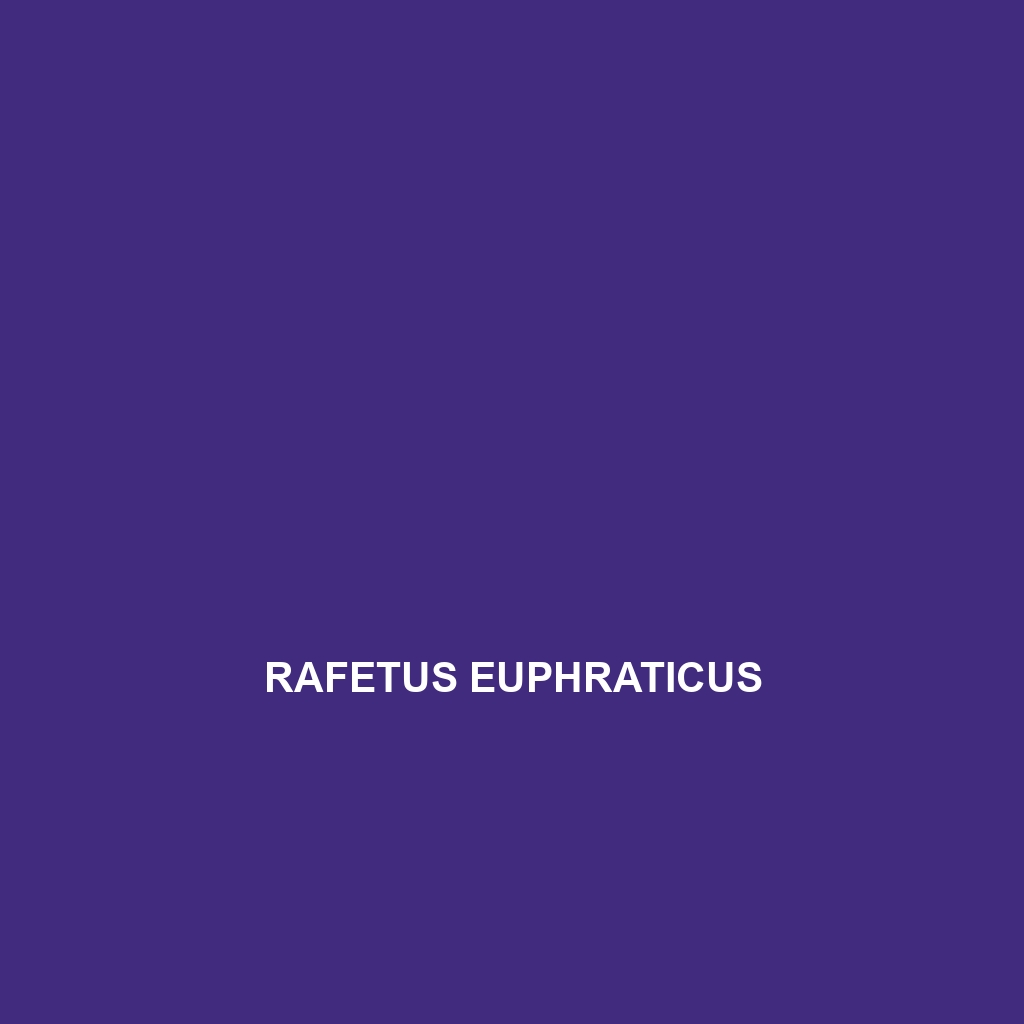<b>Sphenomorphus kinabaluensis</b> is a slender, insectivorous lizard found in the biodiverse rainforests of Malaysia, primarily on Mount Kinabalu. With a body length of 12 to 15 cm, this species is well-adapted to its environment, exhibiting unique camouflage and behaviors essential for survival in its tropical habitat.
Tag: natural camouflage
Sphenomorphus brunneus
<p><b>Sphenomorphus brunneus</b>, a small to medium-sized lizard found in Southeast Asia's rainforests, savannas, and temperate forests, is known for its rich brown coloration and nocturnal behavior. This insectivorous species plays a critical role in its ecosystem by maintaining insect populations and serves as a food source for larger predators.</p>
Sphaerodactylus ocoae
Discover the elusive Ocoa Dwarf Gecko (Sphaerodactylus ocoae), a vibrant insectivore native to the lush rainforests of the Dominican Republic. Measuring 7.5 to 8.5 cm, this nocturnal gecko thrives in warm, humid habitats, exhibiting remarkable climbing abilities and a unique prehensile tail while contributing significantly to ecosystem balance through pest control.
Sphaerodactylus leonardovaldesi
<b>Sphaerodactylus leonardovaldesi</b>, also known as Leonard-Valdés' sphaero, is a small, nocturnal gecko native to the Caribbean, measuring 3 to 4 inches in length and thriving in moist environments like rainforests. This species exhibits a mix of earthy tones for camouflage and plays a vital role in its ecosystem as both a predator of insects and prey for larger animals, while facing conservation challenges due to habitat loss.
Sphaerodactylus clenchi
<strong>Sphaerodactylus clenchi</strong>, a small gecko measuring 5 to 7 cm, thrives in the humid rainforests of Hispaniola, showcasing a diverse color palette that aids in camouflage. This nocturnal insectivore plays a vital role in its ecosystem, helping to regulate insect populations while serving as prey for larger animals.
Sphaerodactylus armasi
<p>The <b>Sphaerodactylus armasi</b>, also known as Armas's Least Gecko, is a small, nocturnal gecko found in the rainforests of Hispaniola, characterized by its slender body, large round eyes for night vision, and the ability to regenerate its tail. This species plays a vital role in controlling insect populations and is currently classified as 'Endangered' due to habitat loss.</p>
Sitana ponticeriana
The Sitana ponticeriana, or Indian Skink, is a moderately sized lizard measuring 15 to 20 cm, adapted to a variety of habitats across the Indian subcontinent. This insectivorous skink plays a crucial role in its ecosystem, regulating insect populations and serving as prey for larger predators, all while exhibiting unique behaviors such as tail regeneration and color adaptation for camouflage.
Sibynophis geminatus
The <b>Sibynophis geminatus</b>, or Twin-striped Snake, is a slender, nocturnal species native to Central and South America, known for its striking dark brown or olive coloration with two distinct light stripes. This adaptable insectivore thrives in diverse habitats ranging from lush rainforests to arid savannas, playing a crucial ecological role by regulating insect populations and serving as prey for larger predators.
Sitana ponticeriana
The Sitana ponticeriana, or Indian Skink, is a moderately sized lizard measuring 15 to 20 cm, adapted to a variety of habitats across the Indian subcontinent. This insectivorous skink plays a crucial role in its ecosystem, regulating insect populations and serving as prey for larger predators, all while exhibiting unique behaviors such as tail regeneration and color adaptation for camouflage.
Rafetus euphraticus
<strong>Rafetus euphraticus</strong>, commonly known as the Euphrates softshell turtle, is a critically endangered species native to the freshwater environments of the Middle East, distinguished by its large, flattened carapace and strong territorial instincts. This omnivorous turtle plays a vital role in maintaining biodiversity and water quality within its habitat while facing significant threats from habitat destruction and pollution.









